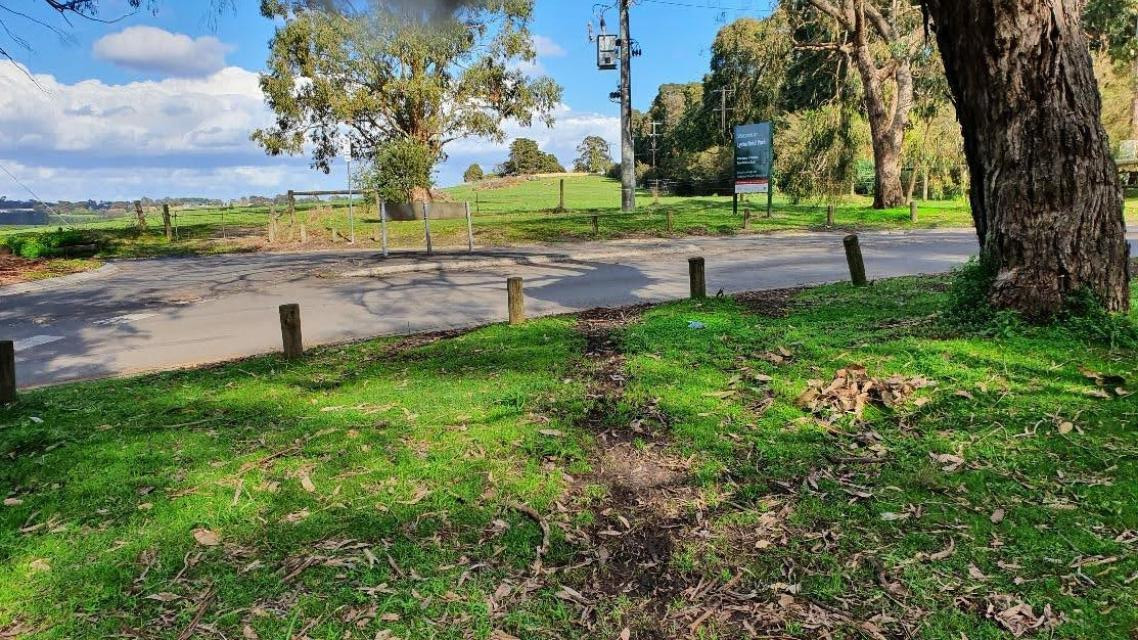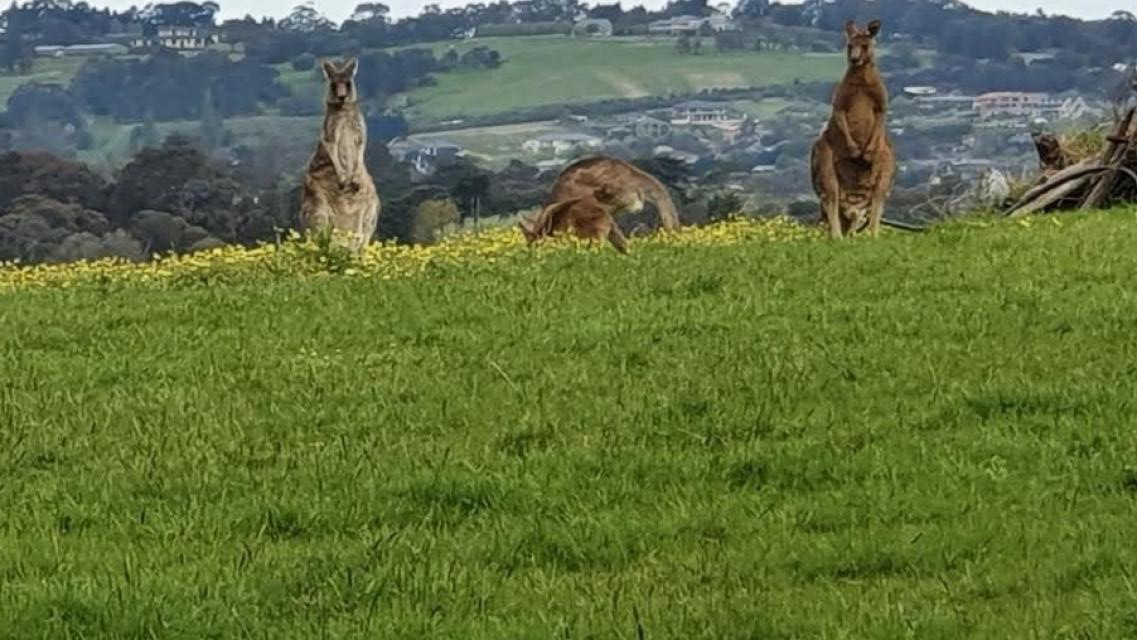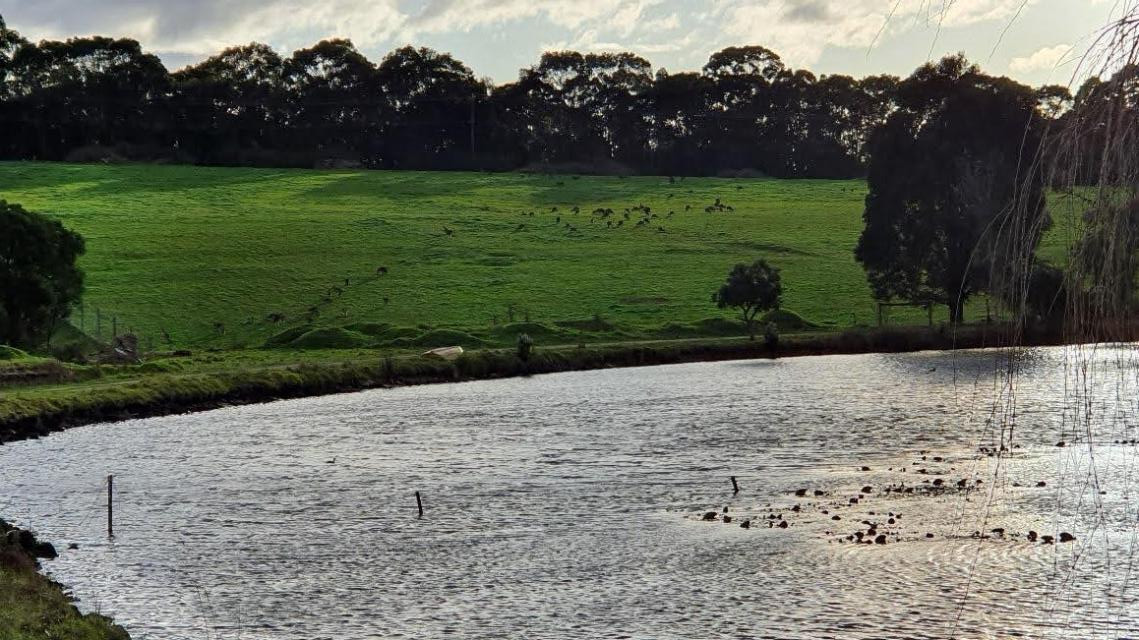An online petition of more than 1400 signatures is opposing a new application for a controversial proposed school near Lysterfield Lake Park.
PARED Victoria lodged a ministerial planning permit application on 15 December 2023, after two previous proposals for a new private boys’ school Lysterfield Lake College were declined by both Casey Council and VCAT.
The boys’ college, which is proposed to be developed at 19-23 Horswood Road, Narre Warren North, was rejected by VCAT due to the site’s unsuitability, and incongruence with state and local planning policies intended to protect the Casey Foothills.
In a recent statement from PARED, it stated it was “hopeful” of the outcome, which is expected in the second half of 2024, and that “the school is working with the relevant areas of government to ensure the success of the application.”
It noted that VCAT had stated the school is “beneficial in planning terms as it meets state policy seeking “a diversity of primary and secondary schools”.
However, located next to Lysterfield Lake Park, – which receives in excess of 500,000 visitors and tourists annually – local opponents argue the school would result in visibly intrusive urban development near the park, and a disregard for the rural expanse of green wedge land and its wildlife.
“It’s a shocking situation,” local resident and environmental advocate Karen Cavanagh said.
“The green wedge policies are just so weak.
“Once they get their foot in the door, there’s nothing stopping them from reapplying to expand the school.
“And they have to develop the whole site, because financially there are a certain number of students you need to make running a school financially viable.
“So it’s important that the school is refused now, because once you’ve got a small school on the site, you can’t stop it from growing.”
Home to a plethora of wildlife in its natural habitat, the proposed site is a “haven” for animals like the kangaroo and the endangered swift parrot, along with seven other endangered species that rely on the park’s environment for survival, she said.
“The land needs to remain undeveloped to serve as a buffer zone between the town and the park.
“You can’t contain animals, they know no boundaries, so it has always been the plan for the animals of the park to be able to overflow into pastures and properties surrounding the park.”
Opponents have also raised concern about the school’s proposed “Kangaroo Management Plan.”
Put forward during the VCAT case, the plan proposed the culling and relocation of the kangaroos from their natural habitat.
“I’ve been rescuing here for 18 years now, so my main concern is the kangaroos,” Sue Johnson of Sue’s Roo Kangaroo Rescue-Rehab-Release said.
“I rescue and release kangaroos into Lysterfield all the time, so if this proposal goes ahead and then the proposed management plan goes ahead, that means all kangaroos on that site will be killed.
“I understand it’s not their land – the national park is – but they’ve been grazing that land for years.
“At the moment, the kangaroos are free to go on that property and the next property and the next… but if that is blocked off for them, then that will push them more onto Horswood Road.”
This sentiment was echoed by the petition’s signers, one of which noted in their comment that “humans do not have the right to interfere with the wildlife just because they are ‘in our way’.”
“It’s so overdue for us to learn that without nature and healthy ecosystems we cannot exist,” they wrote.
Through their petition, locals also take issue with traffic implications.
With the school publicly advocating for parents to transport their children to school, and with no viable connection to public transport available, it would add to the traffic from private vehicles, the opponents argue.
They say it goes against the Victorian Government strategy which promotes a reduction in vehicle emissions and a focus on accessible, 20-minute neighbourhoods.
The potential influx of school-related traffic may disrupt park visitors and endanger wildlife, equestrian riders, and their horses. Additionally, the school’s presence is likely to worsen existing traffic congestion on a road that is already heavily congested, and contribute to increased traffic volume on nearby arterial routes, notably Belgrave-Hallam Road and Heatherton Road, the opponents say.
As well as impacts to traffic, petitioners are also arguing that a school development on the site will mean significantly higher volumes of wastewater and stormwater flowing downhill from the site, affecting the neighbouring lake, dams, wetlands, and Eumemmerring Creek.
“The old Narre Warren North Township Strategy talks about making sure that land north of the township is not developed because the land is not capable of servicing septic systems,” said Ms Cavanagh.
“You’re talking about hilly land and granite boulders all around the ground, which complicate septic absorption.”
The objectors are also concerned by the location of a school at the end of a dead-end road with only one entry and exit lane in a high-risk bushfire area, which is at odds with both Bushfire Management Overlay (BMO) policies and the 2009 Royal Commission recommendations.
It will also test Planning Minister Sonya Kilkenny’s commitment to strengthening protections for green wedges, going against one of the key Labor Party promises to hold strong on the Urban Growth Boundary and restricting growth beyond the boundary, the objectors say.
As the matter is currently before the Minister, PARED stated it was “not appropriate” to provide further comment at this time.









